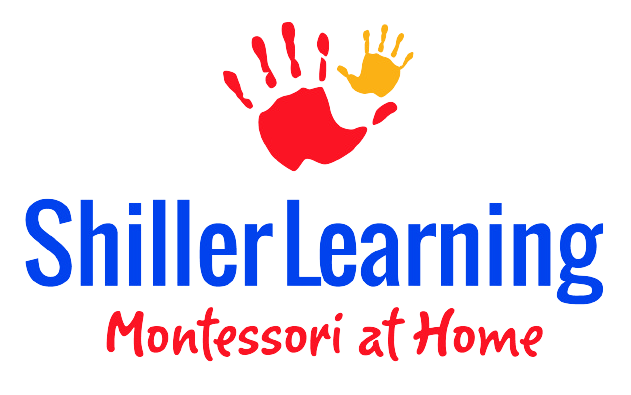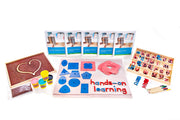Learning differences are not singled out; all children are presented lessons using all four learning styles: visual (seeing is believing); tactile (those wonderful Montessori materials); auditory (things like listening and singing along to music); and kinesthetic (body movement). What differs is the length of time and how often each child uses the materials or revisits activities. Some grasp concepts easily, moving through the curriculum quickly. Others spend more time exploring and interacting with the materials until concepts are mastered. This pace of personalized repetition and learning accommodates academic strengths and weaknesses in all children.
The ability to individualize and differentiate the curriculum to meet the needs of every child, whatever his or her strengths or challenges, is one of the many beneficial aspects of incorporating Montessori materials and activities into your homeschool.
With a multisensory Montessori approach to education, students learn by doing and use the materials to develop subject-related language, conceptual understanding, critical thinking, and application skills. Homeschool topics of all kinds are introduced in the concrete. As students achieve competency and closure, they are gracefully transitioned to working in the abstract. If this critical support is missing from instruction, students may struggle for years trying to build on a foundation that does not exist.
Our goal at ShillerLearning is to help students of all abilities fulfill their potential. If you have a student who is struggling with homeschool math or language arts, ShillerLearning offers diagnostic testing and a personal lesson plan builder to efficiently find and fill any gaps from earlier on that are sabotaging today’s success. Helping homeschool parents and children in the 17 years I have been at ShillerLearning has brought me indescribable joy. Explore the ShillerLearning Homeschool Blog and YouTube channel for homeschool freebies and homeschool help. Together, we can make a difference.






